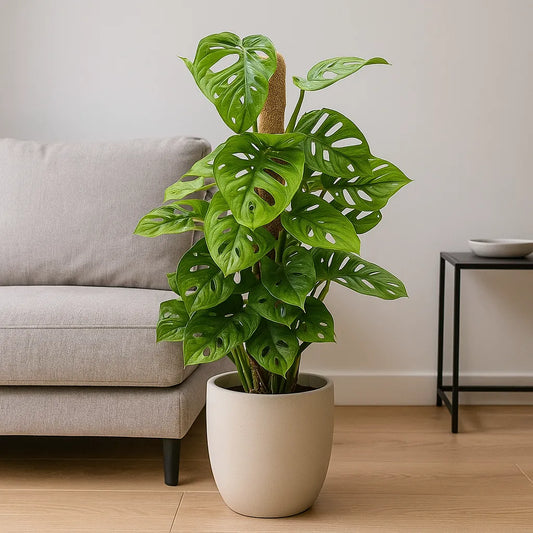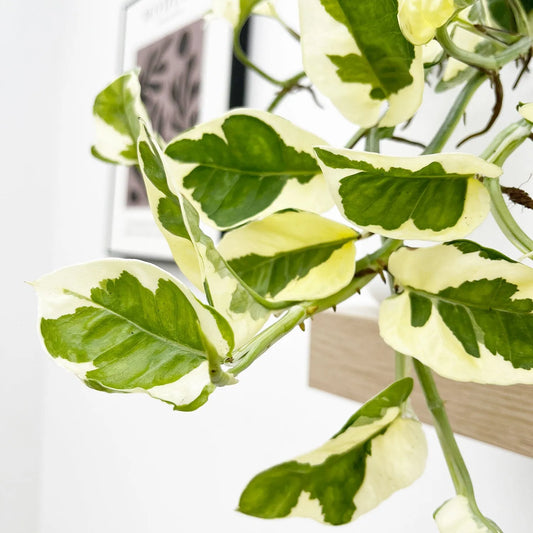Creating a Year-Round Perennial Garden: Seasonal Planting Guide
A well-planned perennial garden can provide vibrant colours, textures, and interest throughout the year. By selecting a variety of perennials that bloom in different seasons, you can enjoy a continuously changing landscape. Here’s a comprehensive guide to creating a perennial garden that offers year-round beauty.
Spring: Awakening the Garden
1. Early Bloomers:
- Snowdrops (Galanthus): One of the first flowers to emerge, often through the snow, providing a welcome sign of spring.
- Crocus (Crocus spp.): These small, colourful flowers pop up early and are great for naturalising in lawns and borders.
2. Mid to Late Spring:
- Tulips (Tulipa): Available in a wide range of colours and forms, tulips create a stunning display.
- Daffodils (Narcissus): Bright and cheerful, daffodils are easy to grow and naturalise well.
- Bleeding Heart (Dicentra spectabilis): With its heart-shaped flowers, this plant adds a whimsical touch to spring gardens.
Planting Tips:
- Soil Preparation: Ensure well-draining soil and add compost to improve fertility.
- Spacing: Plant bulbs and perennials with enough space to allow for growth and air circulation.
- Watering: Keep the soil moist as new growth begins, but avoid waterlogging.
Summer: The Height of Bloom
1. Early Summer:
- Peonies (Paeonia): Known for their large, fragrant blooms, peonies are a garden favourite.
- Iris (Iris spp.): With sword-like leaves and intricate flowers, irises add a vertical element to the garden.
2. Mid to Late Summer:
- Daylilies (Hemerocallis): These hardy plants produce a succession of blooms and are available in many colours.
- Coneflowers (Echinacea): Attractive to pollinators, coneflowers provide long-lasting blooms.
- Black-Eyed Susans (Rudbeckia hirta): Bright yellow flowers with dark centres that bloom profusely.
Planting Tips:
- Fertilising: Use a balanced fertiliser to support vigorous growth and flowering.
- Deadheading: Remove spent flowers to encourage continuous blooming.
- Mulching: Apply mulch to conserve moisture and suppress weeds.
Autumn: Extending the Season
1. Early Autumn:
- Sedum (Sedum spp.): Also known as stonecrop, sedum provides beautiful foliage and late-season flowers.
- Asters (Aster spp.): These daisy-like flowers come in various colours and bloom well into autumn.
2. Late Autumn:
- Chrysanthemums (Chrysanthemum spp.): Known as mums, these plants offer a burst of colour as other flowers fade.
- Japanese Anemone (Anemone x hybrida): Elegant, tall plants with white or pink flowers that bloom in late summer to autumn.
Planting Tips:
- Dividing: Autumn is a good time to divide overcrowded perennials.
- Planting: Plant fall-blooming perennials early in the season to establish roots before winter.
- Watering: Keep soil moist as the weather cools, but reduce watering as plants go dormant.
Winter: Structure and Interest
1. Evergreen Perennials:
- Hellebores (Helleborus): Also known as Christmas rose, these plants bloom in late winter with beautiful, nodding flowers.
- Heuchera (Heuchera spp.): Coral bells offer colourful foliage that persists through the winter.
2. Winter Interest:
- Ornamental Grasses: Grasses like Miscanthus and Pennisetum add texture and movement to the winter garden.
- Shrubs with Berries: Consider shrubs like Holly (Ilex) or Beautyberry (Callicarpa) for their vibrant winter berries.
Planting Tips:
- Protection: Use mulch or straw to protect the roots of perennials from freezing temperatures.
- Pruning: Cut back dead foliage to maintain a tidy appearance and reduce disease risk.
- Planning: Winter is an excellent time to plan and prepare for spring planting.
General Tips for a Year-Round Perennial Garden
1. Layering Plants:
- Plant in layers, with taller plants at the back and shorter ones at the front, to create depth and interest.
2. Continuous Bloom:
- Choose perennials with overlapping bloom times to ensure continuous colour. Combine early, mid, and late bloomers for a seamless transition of flowers.
3. Colour and Texture:
- Mix plants with different foliage colours and textures. This adds interest even when flowers are not in bloom.
4. Soil Health:
- Regularly amend soil with compost or organic matter to maintain fertility and structure.
5. Watering and Mulching:
- Consistent watering and mulching help retain moisture, suppress weeds, and protect plants.
By carefully selecting and planting a variety of perennials, you can create a garden that offers stunning visual interest and beauty throughout the year. With thoughtful planning and minimal maintenance, your perennial garden will thrive season after season. Happy gardening!











Leave a comment
Please note, comments need to be approved before they are published.